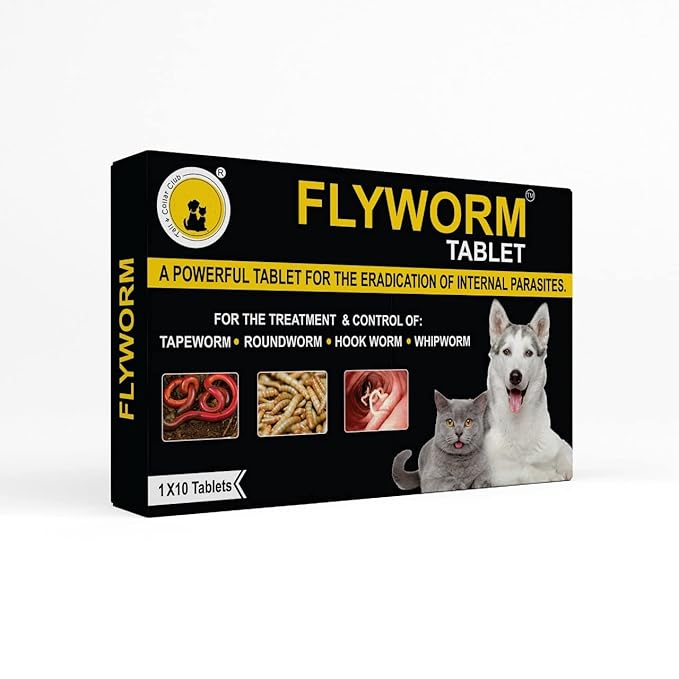Veterinary costs can add up quickly, especially in emergency situations. Dog insurance helps reduce these financial burdens, enabling pet owners to focus on their dog’s health instead of vet bills. Additionally, insurance provides peace of mind knowing that even if an unforeseen illness or accident occurs, you have a financial cushion.
What is Dog Insurance?
- Dog Insurance: An Overview
Dog insurance is a type of policy designed to help cover veterinary expenses, ensuring your pet gets the care they need when they need it. Like human health insurance, it involves premiums, deductibles, and varying levels of coverage. - Common Terms Used in Dog Insurance Policies
Understanding dog insurance terms is essential for choosing the right plan. Key terms include premiums (monthly or annual payments), deductibles (what you pay before coverage kicks in), co-pays (your share of a bill), and reimbursement percentages.
Why Dog Insurance is Gaining Popularity
- Increased Vet Costs and How Insurance Can Help
As veterinary technology advances, treatments are improving but also becoming more costly. Dog insurance helps alleviate these costs, giving owners the flexibility to choose the best care for their pets. - The Rising Demand for Comprehensive Pet Health Coverage
Many dog owners now seek policies that offer coverage beyond accidents, including wellness and preventive care. Comprehensive dog insurance is particularly attractive for owners who want year-round protection.
How Dog Insurance Works
The Basics: Monthly Premiums, Deductibles, and Reimbursement
Monthly premiums vary depending on coverage level, breed, age, and provider. Deductibles are what you pay out-of-pocket before coverage starts, while reimbursement is the amount the insurer pays after the deductible.
How Reimbursements Are Calculated and Paid Out
Reimbursements are typically based on a percentage (e.g., 70%-90%) of eligible expenses. After submitting a claim, you’ll receive a reimbursement based on your plan’s terms.
The Role of Waiting Periods and How They Affect Coverage
Most policies include a waiting period, which is the time before coverage begins. Waiting periods vary by plan and often depend on whether the issue is due to an accident or illness.
Types of Dog Insurance Plans
- Accident-Only Policies: Coverage for Emergencies and Mishaps
Accident-only plans cover incidents like broken bones or ingestion of foreign objects but exclude illnesses. These plans are ideal for dogs with minimal health risks. - Accident and Illness Plans: Broader Protection for Your Dog’s Health
These plans cover both injuries and illnesses, offering comprehensive protection. They’re popular for owners who want coverage for both unexpected incidents and common health issues. - Wellness Coverage and Preventive Care Plans: What They Include
Wellness plans cover routine care, such as vaccinations, flea prevention, and annual check-ups, ensuring your dog stays healthy through preventive care.
Key Benefits of Dog Insurance
- Immediate Access to Quality Care Without Financial Worry
Dog insurance ensures you don’t have to compromise on care quality. You can make healthcare decisions without being overly concerned about costs. - Improved Outcomes with Routine and Preventative Care
With wellness plans, preventive care becomes accessible, improving your dog’s long-term health by detecting issues early. - Enhanced Coverage Options for Senior and High-Risk Dogs
Many plans offer specialized options for senior dogs or breeds prone to certain genetic conditions, providing tailored protection for dogs with unique needs.
What Does Dog Insurance Cover?
- Injury and Emergency Coverage: Protecting Against the Unexpected
Dog insurance covers accidents like a deep cut or tear in skin or flesh, poisoning, or fractures, reducing the financial impact of emergencies. - Illness and Disease Coverage: Ensuring Comprehensive Care
Comprehensive plans cover various illnesses, from infections to chronic conditions, helping your dog receive necessary treatments throughout their life. - Preventative Care and Annual Checkups: What’s Included
Many plans cover preventive measures, including vaccinations and wellness exams, to keep your dog’s health in top shape. - Prescription Medications and Ongoing Treatments
Some policies cover the cost of prescribed medications and long-term treatments, making it easier to manage chronic conditions. - Coverage for Surgeries, Hospitalization, and Specialist Visits
In serious cases requiring surgery or specialist intervention, dog insurance can cover substantial portions of the associated costs.
Understanding Exclusions and Limitations
- Pre-existing Conditions: How They Affect Your Coverage
Most policies exclude pre-existing conditions, which are any health issues diagnosed before coverage begins. These exclusions vary, so it’s essential to read policy terms. - Breed-Specific Exclusions and Genetic Conditions Explained
Some breeds are prone to genetic health issues, which may be excluded from standard coverage. Reviewing breed-specific restrictions is important when selecting a plan. - Age Restrictions and Their Impact on Policy Options
Age can affect premiums, with senior dogs often incurring higher costs. Some insurers also have age limits for new policies, especially for older dogs.
How to Choose the Right Dog Insurance Plan
- Evaluating Your Dog’s Health Needs and Risk Factors
Consider your dog’s breed, age, and health history. Dogs with specific breed risks or older pets may benefit more from comprehensive coverage. - Comparing Plans Based on Coverage and Affordability
Evaluate plans by coverage scope and cost. Consider monthly premiums, deductibles, and reimbursement levels to determine what works best.
How to Choose the Right Dog Insurance Plan
- Evaluating Your Dog’s Health Needs and Risk Factors
Consider your dog’s breed, age, and health history. Dogs with specific breed risks or older pets may benefit more from comprehensive coverage. - Comparing Plans Based on Coverage and Affordability
Evaluate plans by coverage scope and cost. Consider monthly premiums, deductibles, and reimbursement levels to determine what works best. - Reading the Fine Print: Key Details to Review in a Policy
Review policy details, especially exclusions, waiting periods, and reimbursement limits, to avoid surprises when filing a claim.
How to Find a Reliable Dog Insurance Provider
- Researching Company Reputation and Customer Reviews
Look for companies with positive reviews and reliable customer service. A good provider offers clear communication and swift claim processing. - Important Questions to Ask When Shopping for Dog Insurance
Ask about coverage limitations, waiting periods, and claim reimbursement times to make an informed decision. - Understanding a Provider’s Claim Process and Support
Providers with efficient claims processing and supportive customer service can make a significant difference when dealing with health emergencies.
Conclusion:
Assessing dog insurance options based on your dog’s unique needs can help secure their health and provide financial peace of mind. With a range of plans and providers available, choosing dog insurance can ensure access to quality care, now and in the future.
Related Posts:







